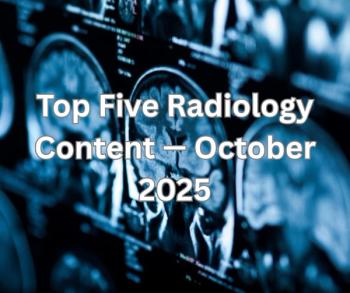
Imaging Finds Brain Changes in People Who Abuse Cough Syrups with Codeine
Diffusion tensor imaging detected disruptions in white matter integrity that could be linked to higher impulsivity in chronic users.
Diffusion tensor imaging (DTI) detected abnormalities in the white matter among people who abuse cough syrups that contain codeine, according to a study published in the
Researchers from China undertook a study to investigate the white matter integrity of chronic codeine-containing cough syrup users. Sixty subjects participated in the study: 30 who chronically consumed codeine-containing syrups and 30 matched controls. All underwent DTI; the Barratt Impulsiveness Scale 11 was used to assess the participants’ impulsivity. Volume-of-interest analysis was used to detect changes of diffusivity indices in regions with fractional anisotropy abnormalities. Abnormal fractional anisotropy was extracted and correlated with clinical impulsivity and the duration of codeine-containing syrup use.
The results showed white matter deficits in codeine-containing cough syrup users also correlated with increased impulsivity traits in the subjects, findings consistent with results of previous studies of heroin and cocaine addicts. White matter disruptions also correlated with the duration of the cough syrup use.
“Chronic codeine-containing syrup users had significantly lower fractional anisotropy in the inferior fronto-occipital fasciculus of the bilateral temporo-occipital regions, right frontal region, and the right corona radiata WM than controls,” the authors wrote. “There were significant negative correlations among fractional anisotropy values of the right frontal region of the inferior fronto-occipital fasciculus and the right superior corona radiata WM and Barratt Impulsiveness Scale total scores, and between the right frontal region of the inferior fronto-occipital fasciculus and nonplan impulsivity scores in chronic codeine-containing syrup users.”
A significant negative correlation between fractional anisotropy values of the right frontal region of the inferior fronto-occipital fasciculus and the duration of codeine-containing syrup use in chronic users was also observed.
The researchers concluded that abuse of the codeine-containing syrup resulted in disruptions of brain white matter integrity and could be linked to higher impulsivity among those who are chronic users.
Newsletter
Stay at the forefront of radiology with the Diagnostic Imaging newsletter, delivering the latest news, clinical insights, and imaging advancements for today’s radiologists.



























